
The OnePlus Open was easily the best foldable released in 2023, clearing a relatively low bar left by its competition. How does it hold up a year later? I’ve spent some time with the OnePlus Open Apex Edition lately to find out, and it’s more of a mixed bag this time around.
Looking first at the hardware perspective, the fit and finish of the OnePlus Open is easily among the best, if not the best in the foldable space. That’s thanks in large part to the excellent hinge. The crease is barely visible on the display, and the hinge has a nice “snap” feeling both on opening and closing. It’s also a very smooth motion, though this hinge still isn’t as ready to “stick” at various positions compared to foldables from Samsung and Google. This new unit I’ve been using obviously has a fresh display, but I was still using my original Open unit through portions of 2024, and the crease never worsened in that time, nor did the hinge.
In using this new “Apex Edition,” I’ve also had the pleasure of trying out the (faux) leather-clad finish which is much more grippy compared to the glass-backed green variant I was previously using. I’ve actually come to just not use a case, where I felt like I needed that added grip last time around. That brings me to one of the parts of the OnePlus Open that’s improved greatly since the initial launch – accessories.
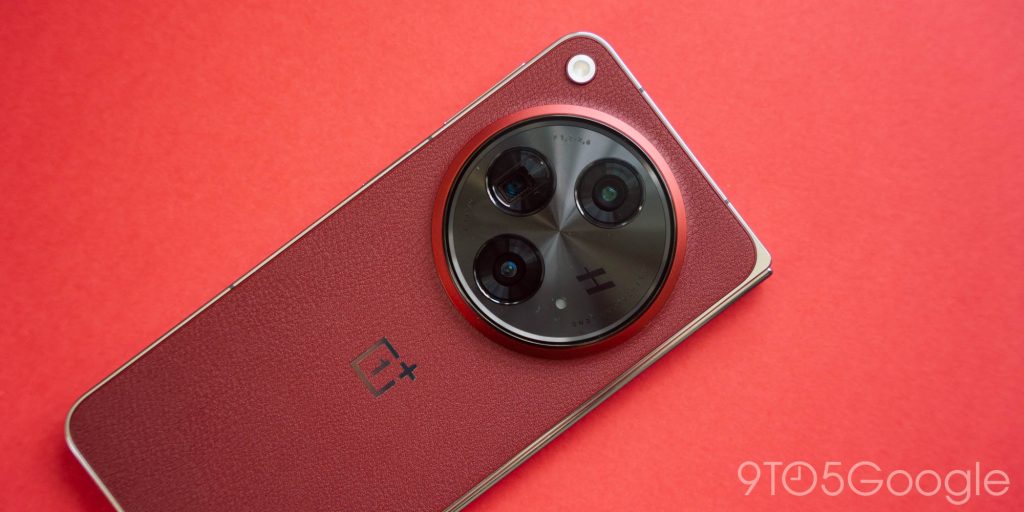
When I was using the Open the first time around, finding a case or a screen protector was virtually impossible. That’s changed dramatically, with several affordable and readily available screen protector options surfacing on Amazon, and cases also readily available even from recognized brands such as Spigen. That’s great to see, and I hope OnePlus can keep these partners on board for the next iteration of this foldable.
I was also inclined not to use a case just to showcase the gorgeous red finish of the “Apex Edition.” That’s the only visible difference in this limited release (which is already sold out). The only other changes are boosting storage to 1TB and adding a “VIP Mode” to the Alert Slider which makes some privacy changes such as disabling the camera and microphones.
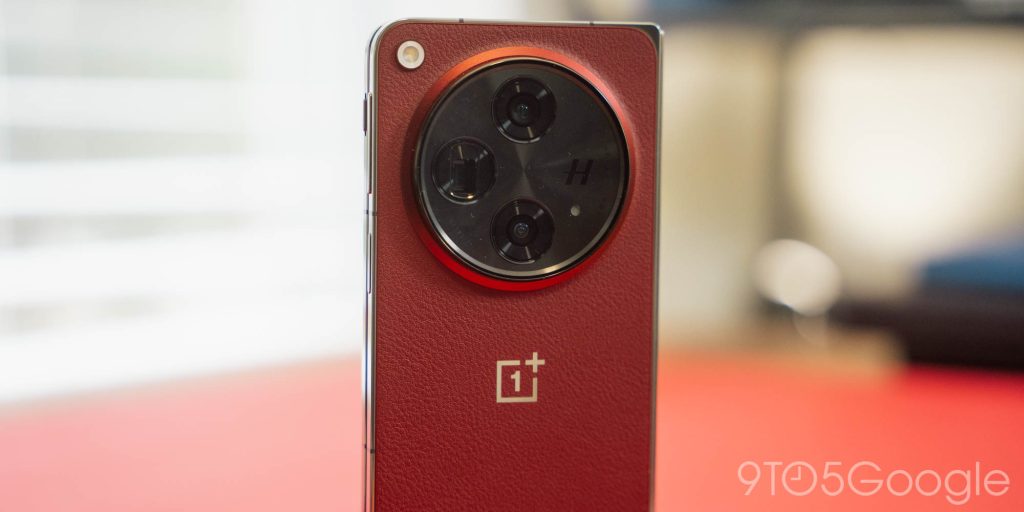
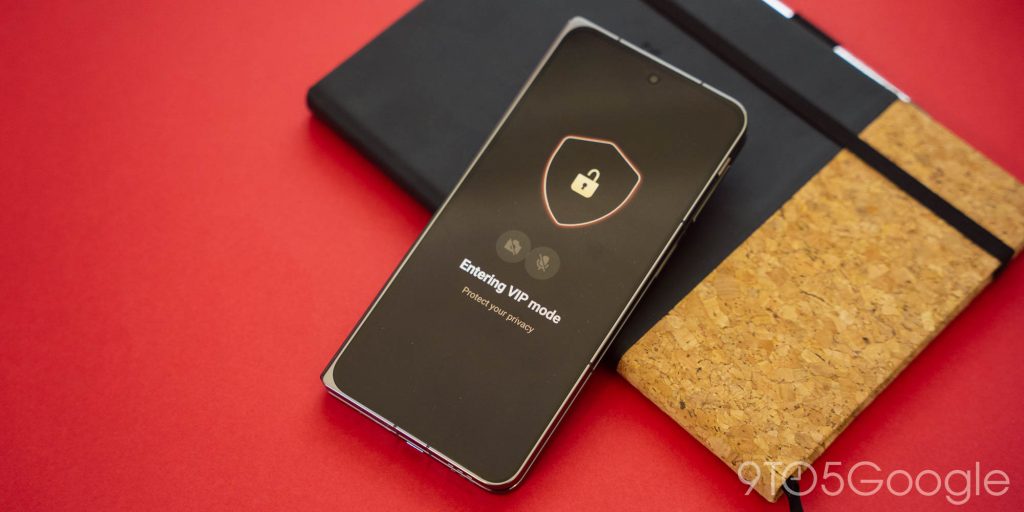
The Open’s displays have also aged well, with the two OLED displays still rivaling the latest released in terms of brightness at 2,800 nits. I didn’t feel any compromise in the displays while using the Open, even over a year after its launch, compared to the Galaxy Z Fold 6 and Pixel 9 Pro Fold I have been using over the past few months. If anything, the Open’s minimal crease and, more importantly, it’s anti-reflective layer have really left this as a reminder of how far ahead OnePlus was. I still wish every foldable had this anti-reflective finish because it truly makes for a better experience.
If there’s one negative I’ve found with the display, it’s actually related to the software. By default, the scaling on the OnePlus Open is pretty awful, especially on the outer display. UI elements are too large which leads to apps and even the keyboard feeling overly cramped for no reason. Switching things over to “Small” in the “Display size” settings makes a huge difference in this regard, but OnePlus absolutely needs to reconsider the default behavior.
And, since we’re talking about software, let’s dive back into OxygenOS, where not much has changed over the past year.
As of November 2024, the OnePlus Open is still running Android 14, with an Android 15 upgrade in the works and set to be released “soon.” I was really disappointed to see that a lot of the quirks and problems I ran into the first time around haven’t been fixed. Some apps still force the device into landscape mode on the inner display (and then remain in that state if you close the device), and the taskbar is messy with a lot of apps. One of the examples I ran into most frequently was with Telegram, where the taskbar covers up a portion of the text input field. The taskbar has also grown a bit more inconsistent for me, with apps not always able to be long-pressed to drag and drop for split-screen multitasking. This seems like a bug introduced in updates, and something that I’d expect to be fixed in further patches.
Open Canvas, OnePlus’ take on split-screen multitasking, remains a standout feature of this device. Whether you’re using two apps or three, the “bigger than the display actually is” nature of Open Canvas makes for a very fluid and useful way to multitask. In short, the way this works is by letting the app run just “outside” of the display’s area, with a tap or swipe bringing it back into focus. You never truly “leave” an app, but just push it off to the side, much like how you might switch back and forth between physical papers on a desk. Open Canvas is absolutely brilliant, and a truly compelling part of the experience on the OnePlus Open.
I just hate that it’s surrounded by random quirks and poor decisions.
One of those poor decisions that still irks me is that the homescreen locks you into a 4×6 layout, leaving apps not as dense as they can be on every other Android phone. That’s the kind of thing I’d hoped would have been fixed over the past year, but it hasn’t.
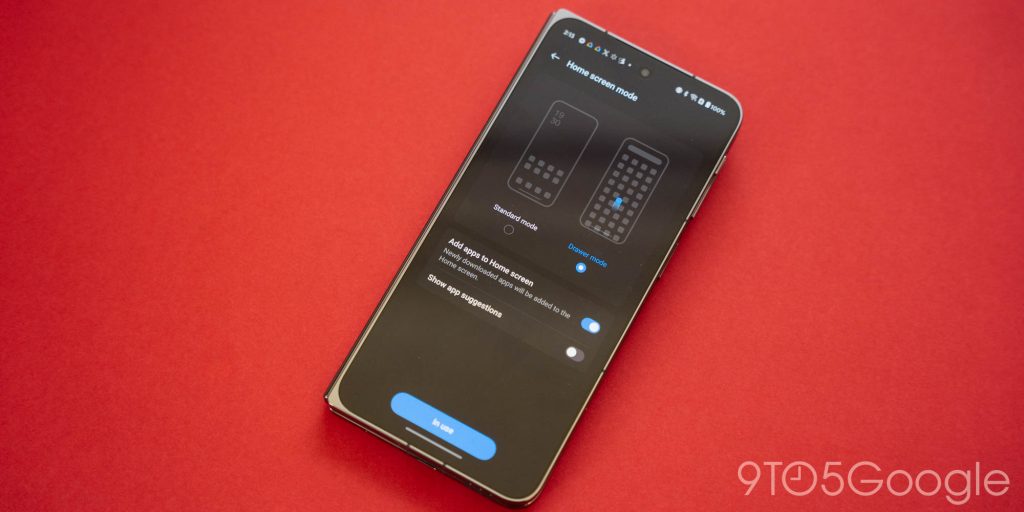
The software experience on the Open is by no means bad, it’s just not as good as it should be. OxygenOS is still finding its footing after merging with Oppo’s ColorOS, and the upcoming Android 15 update looks good, but I think OnePlus needs to spend some more time optimizing everything for its foldable in particular. That’s especially true as OnePlus’ competition heats up. I was willing to put up with a lot of OxygenOS’ shortcomings in 2023 because there wasn’t anything better in the US (and many of the other markets where this phone is sold) at the time. But in 2024, OnePlus has to compete with the likes of improved hardware on the Galaxy Z Fold 6, where One UI has a bit more polish, as well as competing with the Pixel 9 Pro Fold, which rivals OnePlus on hardware, and arguably beats it on the software side of things.
Something that needs no fixing is the camera, which remains stellar.
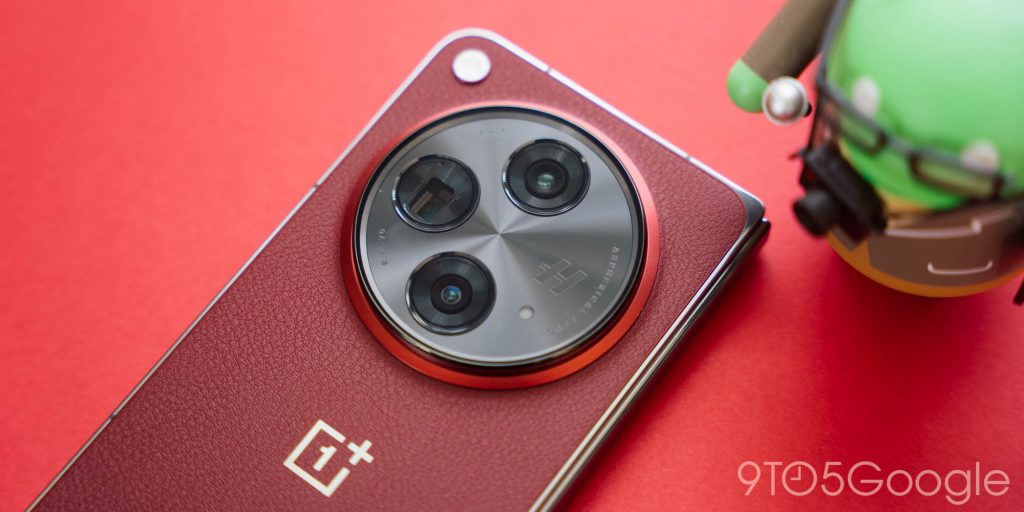
OnePlus Open was immediately my favorite OnePlus camera of all time, and it still takes great shots. Everything is crisp, fairly true to life, and the flexibility of the camera hardware delivers an excellent experience across the board. The Pixel 9 Pro Fold’s priority on a thin design left the device with camera hardware that can’t quite stack up against the Open, and Google’s generally-excellent software doesn’t quite make up the difference. I’d argue that the Pixel is probably a more reliable point-and-shoot camera in most scenarios, but the Open isn’t too far off, and these are, at the very least, equally good cameras to my eyes.
Furthering the comparisons to Pixel 9 Pro Fold, which I believe is the key competitor to compare with the Open, the hardware is a battlefield for these two. The Pixel is thinner, has a bigger display, and supports features OnePlus lacks such as wireless charging. The Open really is an acquired taste after using the Pixel, as the giant camera module on the back is often a bit annoying, and the high placement of the power button and volume rocker can be a little cumbersome at times. However, the Open’s smoother hinge, anti-reflective display, and better cameras really win a lot of points in my book. The Pixel will remain my daily driver primarily due to its software, but picking between these two is really a toss-up.
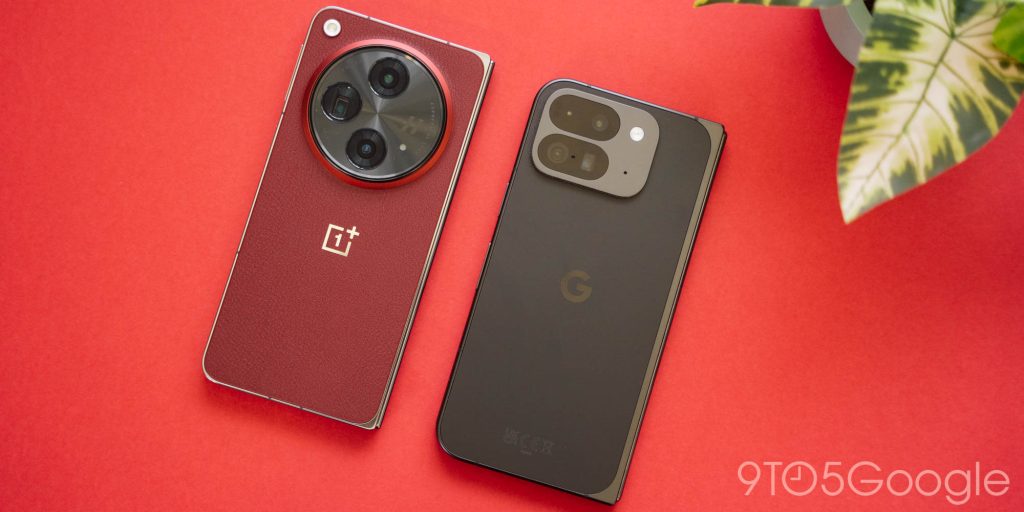
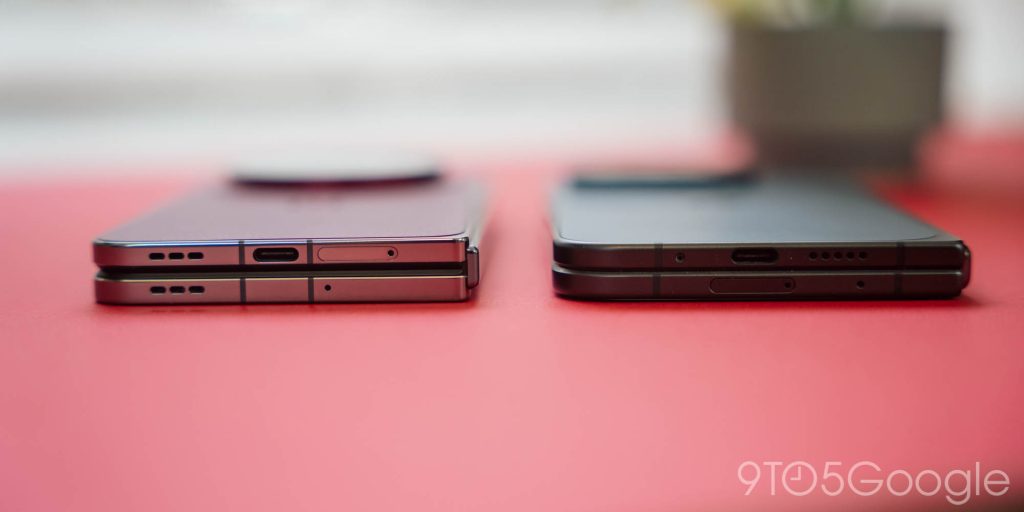
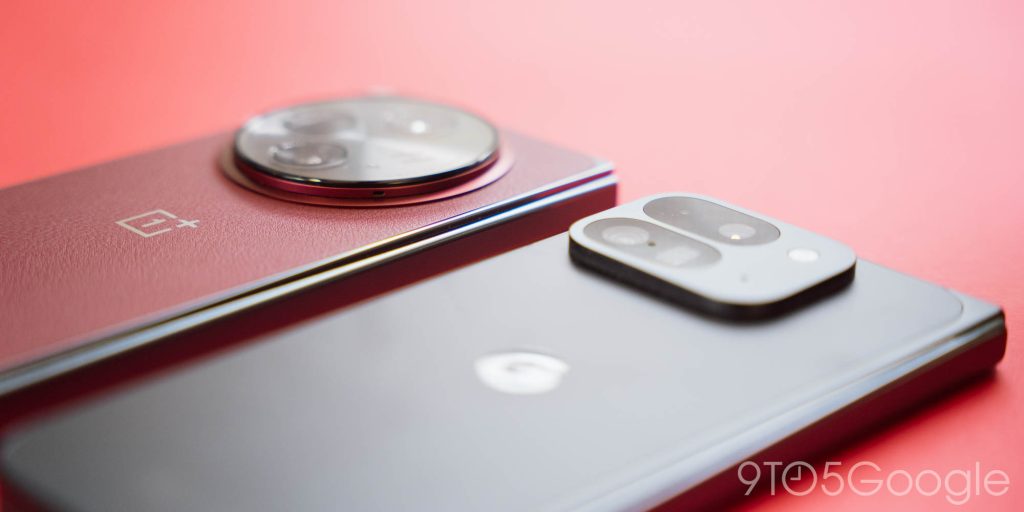
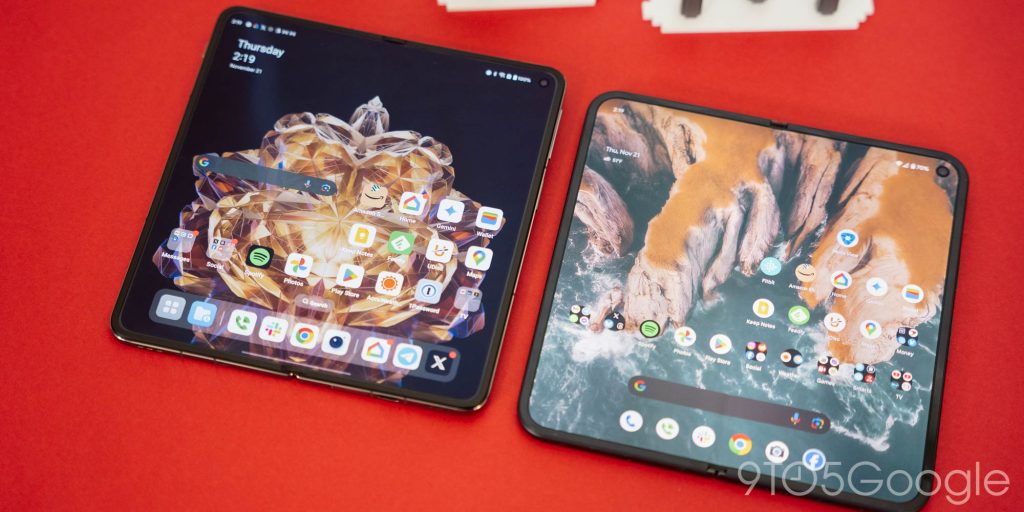
The only other comparison I can make in the States is to the Galaxy Z Fold 6. Samsung’s latest release has much better hardware and I like it a lot, but when you weigh out the pros and cons, the Open takes a decisive victory. The Fold 6 is the result of Samsung getting way too comfortable with its lead in the foldable space, with the 2024 release not beating the OnePlus Open released a year prior in any meaningful capacity outside of its trade-in values.
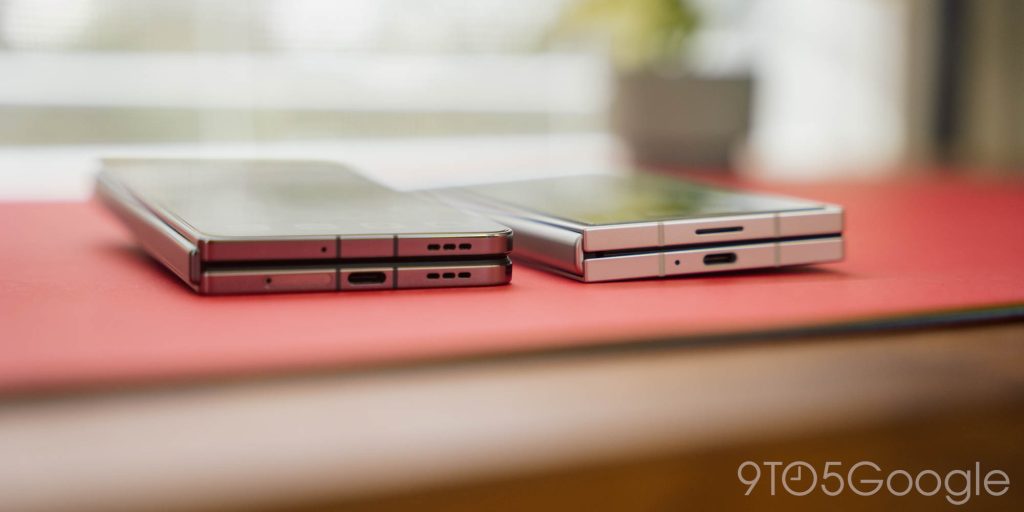
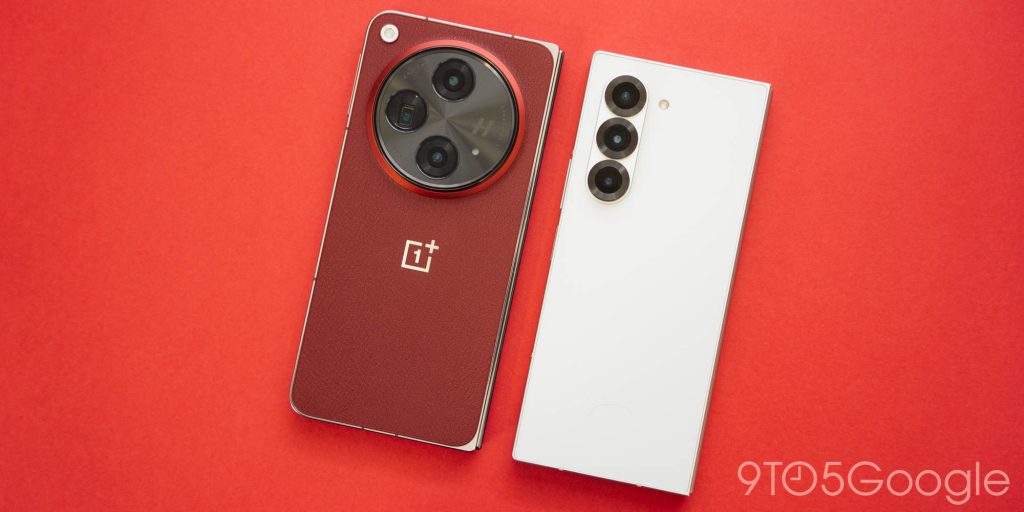
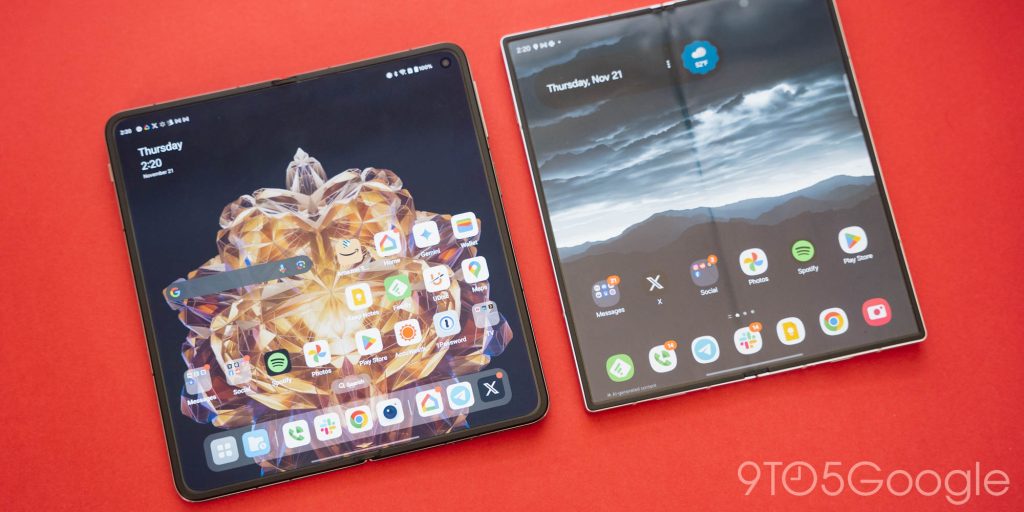
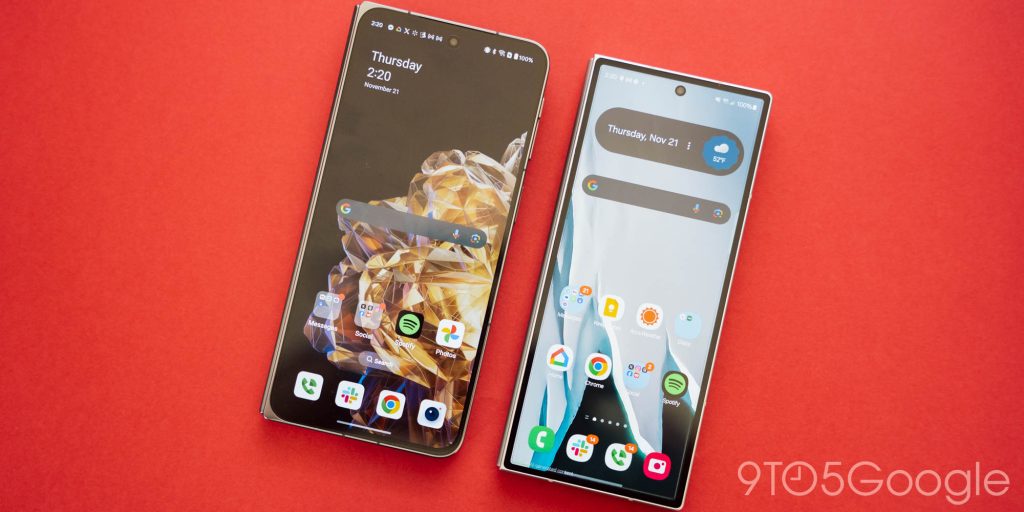
Battery life is definitely another point in the Open’s favor compared to both Google’s and Samsung’s releases. The slightly larger 4,805 mAh battery in the Open combined with the Snapdragon 8 Gen 2 chip leads to longer battery life compared to the Pixel. Where the Pixel often needs a top-off late in the day, the Open is generally able to power through a full day with at least 30% left in the tank at the end of the day. When it does come time to charge, the insanely quick 67W charging means I can usually just not charge the device overnight and instead plug it in while I shower and get ready for the day in the morning. That mostly makes up for the lack of wireless charging.
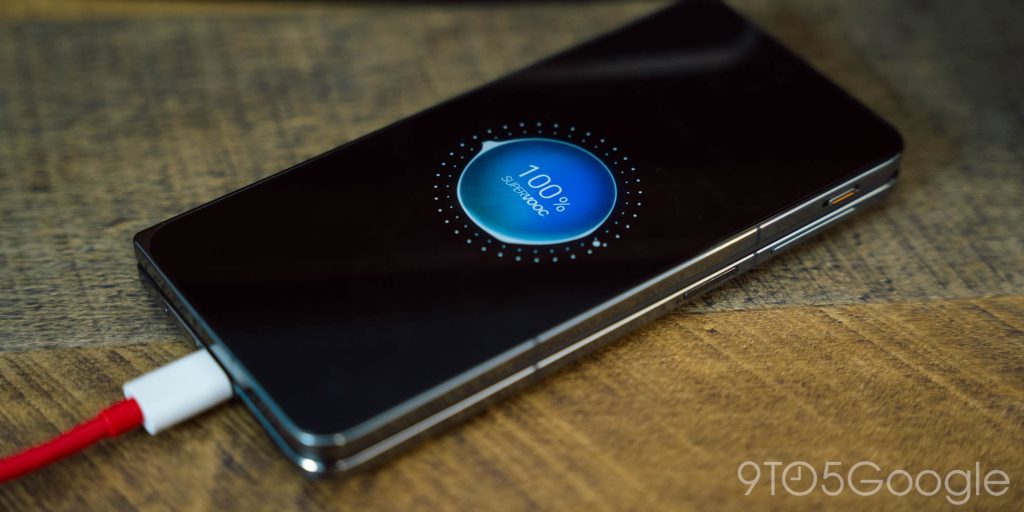
The OnePlus Open, in many ways, holds up to the competition in 2024. The only notable competitor, at least in the US, is Google’s Pixel 9 Pro Fold, and it’s a really tight race which only speaks to just how good the Open was when it launched.
Needless to say, the Open definitely holds its own in 2024, especially when you take into consideration that it’s not hard to find discounts. For Black Friday, the Open is down to just $1,199, making it easily the best deal in the book-style foldable space in the States. The only thing to be slightly wary about is the update policy, as OnePlus only committed to four years of Android updates and five years of security updates. A year of that is already passed. For the right price, like the Black Friday sales, that’s absolutely acceptable though. It’s also worth noting that a sequel is expected in the first half of 2025, and it’s shaping up to be something special.
- OnePlus Open at OnePlus.com and Amazon
What do you think of the OnePlus Open? Did you buy one? Let’s discuss in the comments!

Follow Ben: Twitter/X, Threads, Bluesky, and Instagram
FTC: We use income earning auto affiliate links. More.

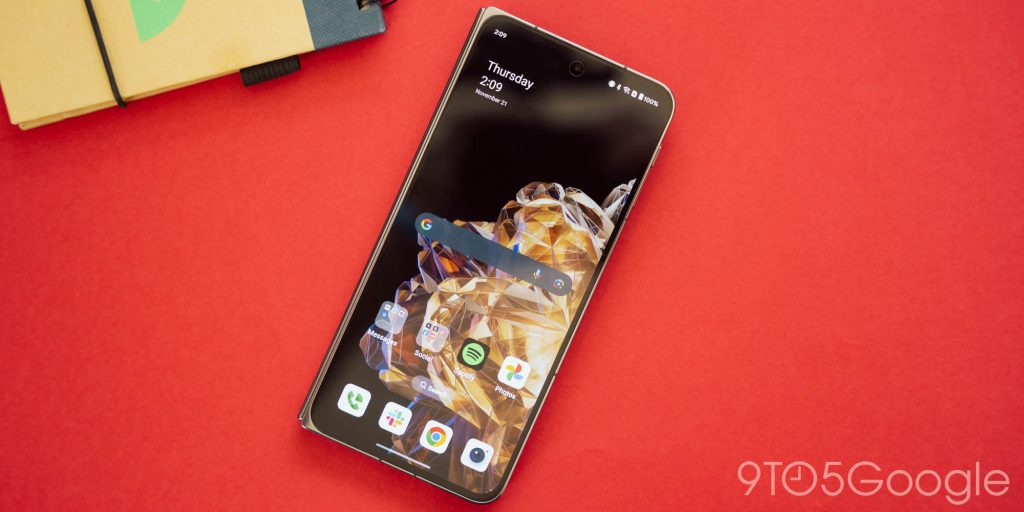
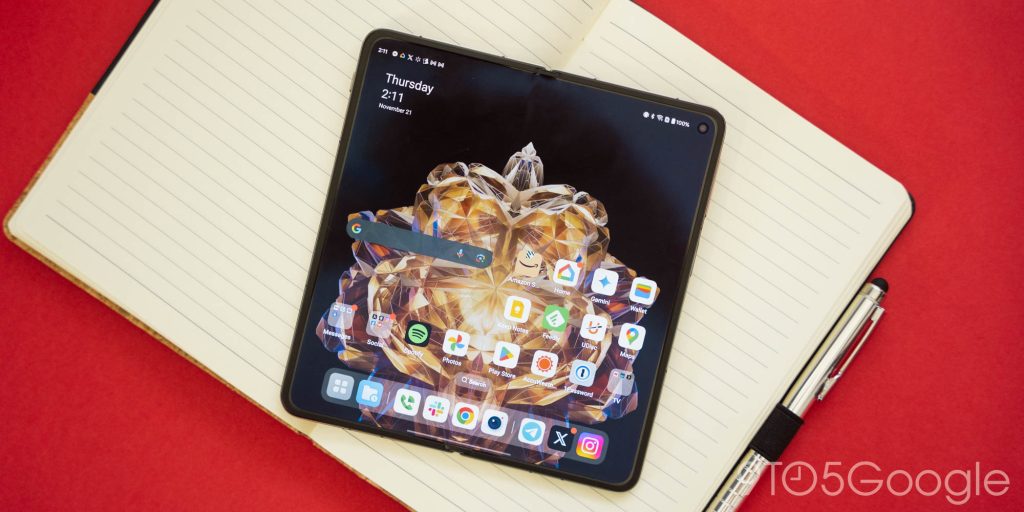


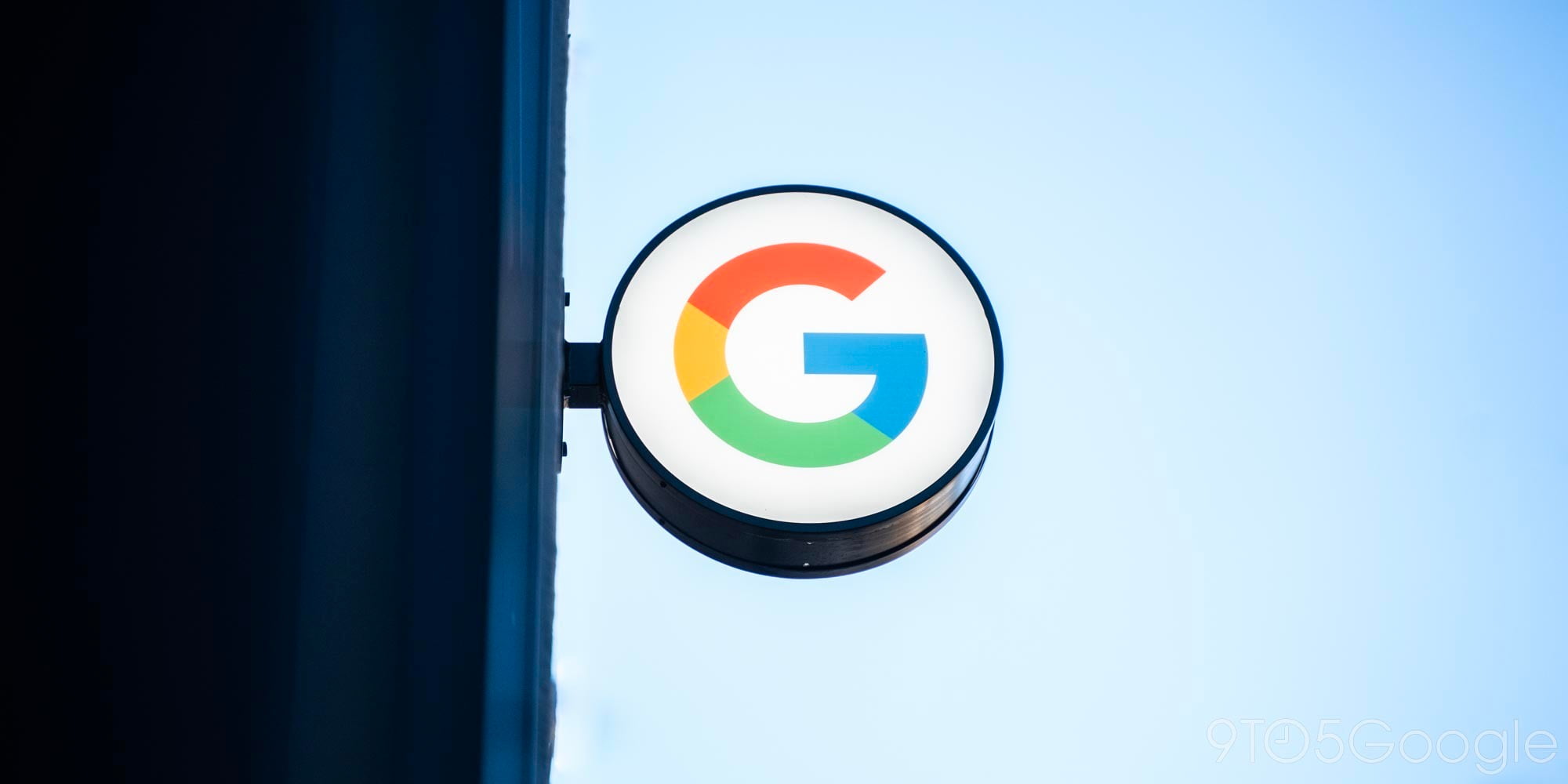

Comments